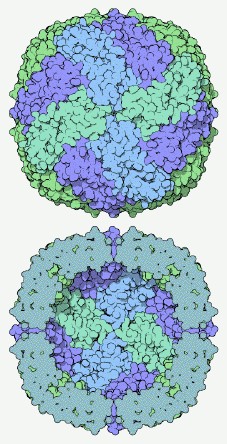In my post of December 16th, Is mechanosynthesis feasible? The debate moves up a gear, I published a letter from Philip Moriarty, a nanoscientist from Nottingham University, which offered a detailed critique of a scheme for achieving the first steps towards the mechanosynthesis of diamondoid nanostructures, due to Robert Freitas. The Center for Responsible Nanotechnology‘s Chris Phoenix began a correspondence with Philip responding to the critique. Chris Phoenix and Philip Moriarty have given permission for the whole correspondence to be published here. It is released in a mostly unedited form; however the originals contained some quotations from Dr K. Eric Drexler which he did not wish to be published; these have therefore been removed.
The total correspondence is long and detailed, and amounts to 56 pages in total. It’s broken up into three PDF documents:
Part I
Part II
Part III.
I’m going to refrain from adding any comment of my own for the moment, so readers can form their own judgements, though I’ll probably make some observations on the correspondence in a few days time.
The correspondence between Philip Moriarty and Chris Phoenix, for the time being, ends here. However Philip Moriarty has asked me to include this statement, which he has agreed with Robert Freitas:
“Freitas and Moriarty have recently agreed to continue discussions related to the fundamental science underlying mechanosynthesis and the experimental implementation of the process. These discussions will be carried out in a spirit of collaboration rather than as a debate and, therefore, will not be published on the web. In the event that this collaborative effort produces results that impact (either positively or negatively) on the future of mechanosynthesis, those results will be submitted for publication in a peer-reviewed journal.”
